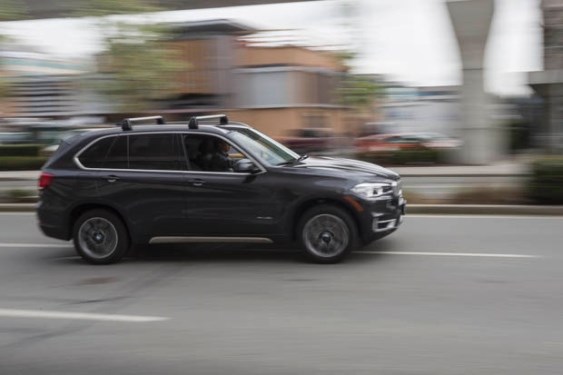Dear Editor,
There has been much discussion recently about unsafe driving and the lack of enforcement in Greater Vancouver.
We relocated from Alberta to Richmond last year and we certainly agree with those observations and have seen other solutions in Alberta.
The community we relocated from had similar behaviours and the same criticisms that enforcement was insufficient — and it was.
We understand that policing resources are costly and need to be applied to the highest priorities and traffic enforcement is usually not at the top. That community, similar to many other Alberta communities, moved to automated enforcement including red light cameras, speed on green and mobile photo radar.
Rather than allocating scarce policing resources to these methods of enforcement, they were contracted out. The result is no capital or operating costs to the local government and, in fact, an influx of fine revenue since the contractor realizes the minority portion of the generated revenue.
The local government oversees the contractor with quality control to ensure that violations are in accordance with the tolerance levels of the municipality.
So what was the result? Driving behaviours changed quickly. Enforcement revenue to the municipality increased significantly at first but declined as the behaviours and attitudes changed. And that was the ultimate goal – improved safety for motorists, pedestrians and cyclists.
The Province should enable the municipalities to adopt similar bylaws and the municipalities should be encouraged by residents to do so and allow them to reside with safer streets.
Ken Anderson
Richmond



